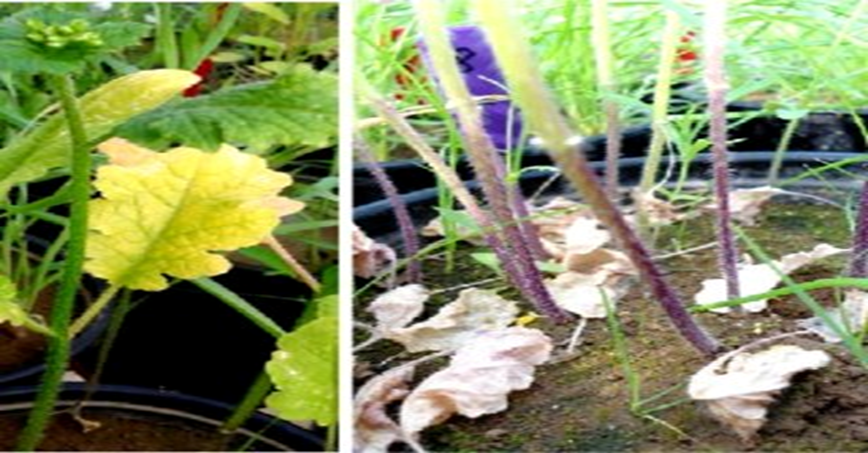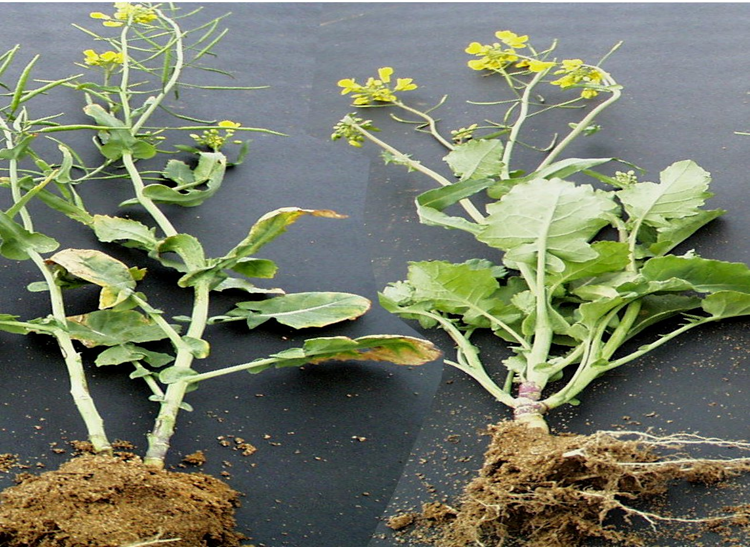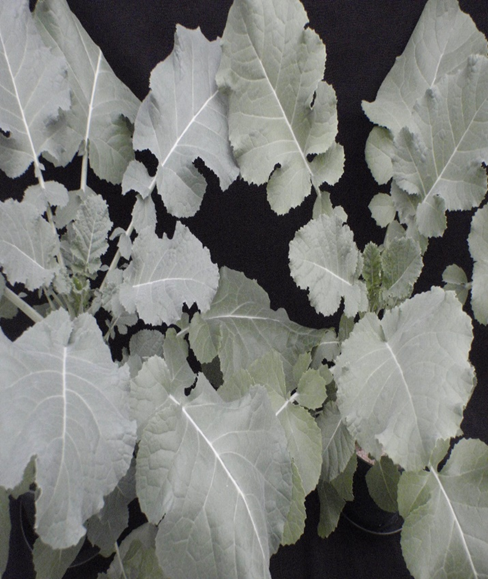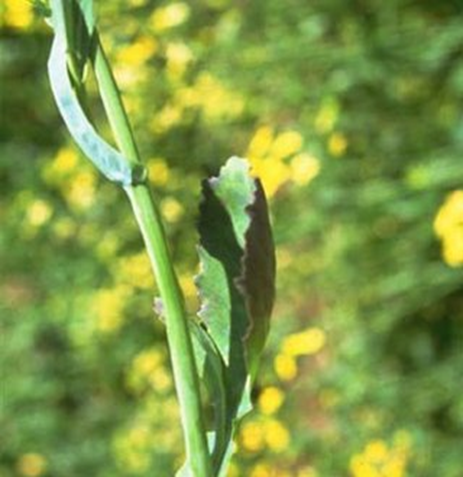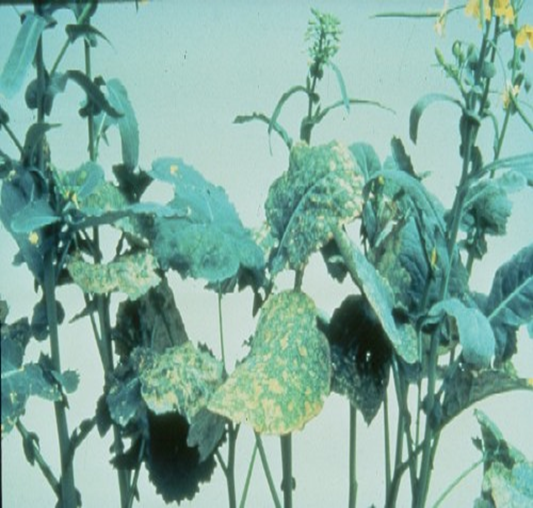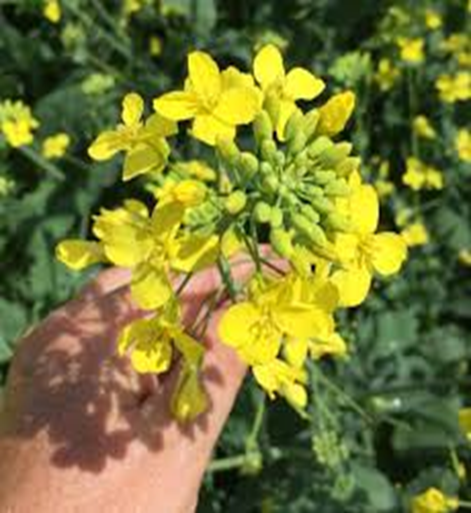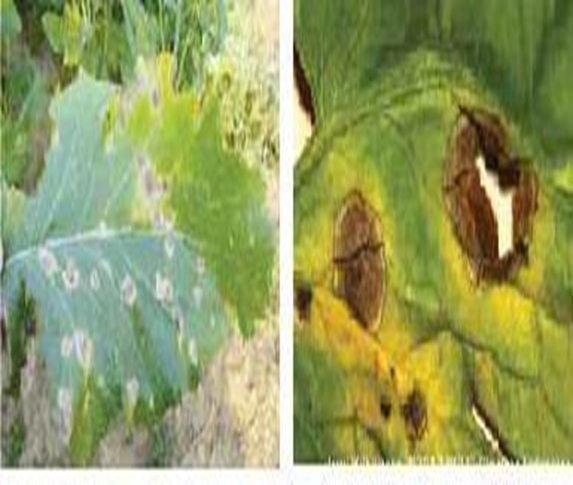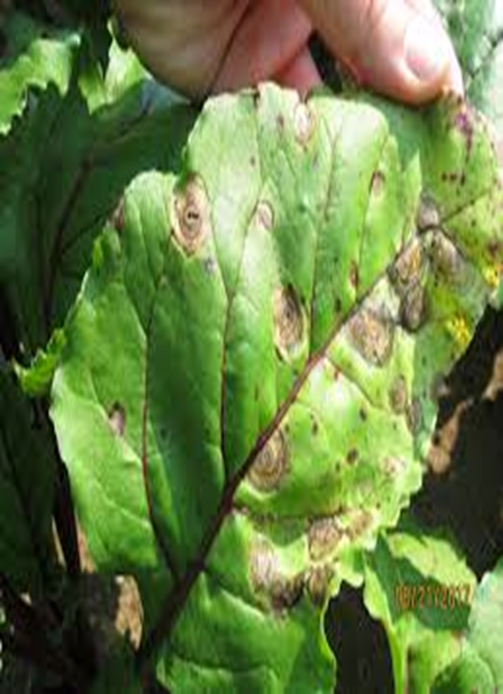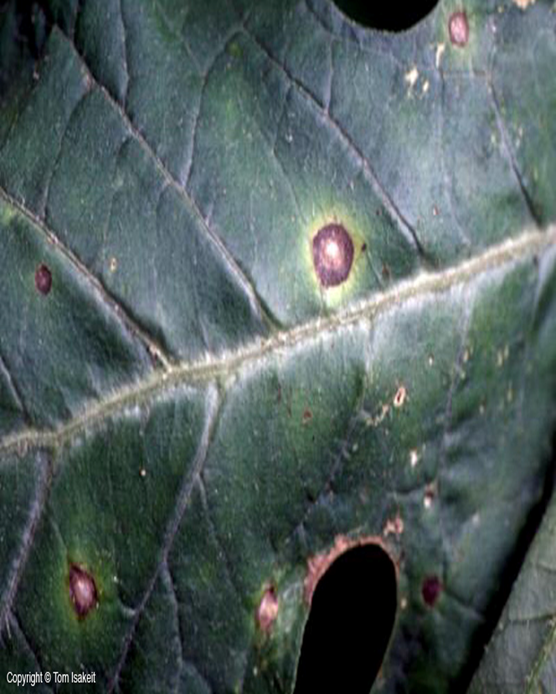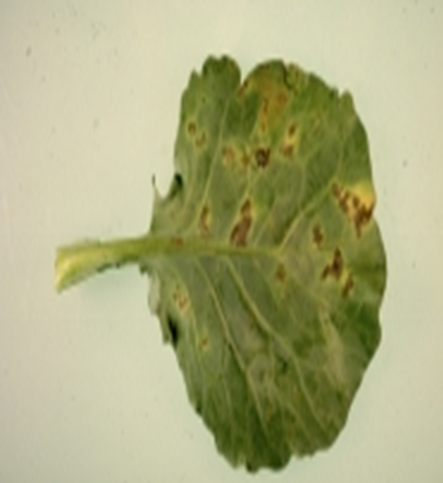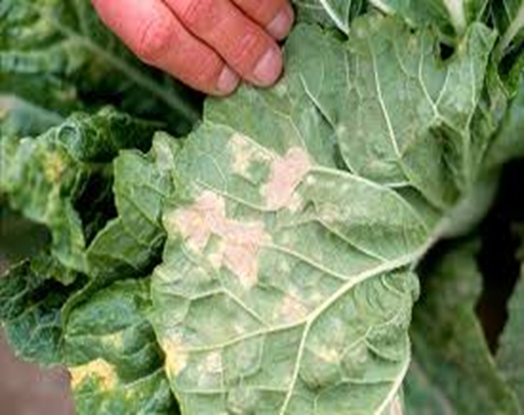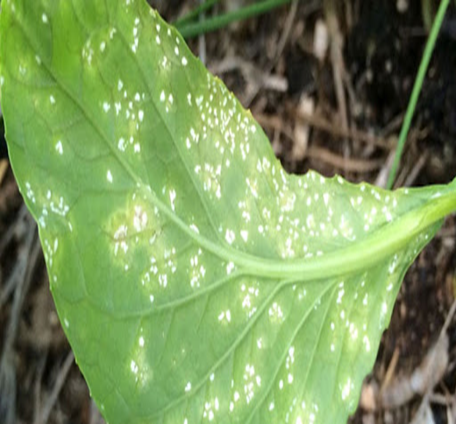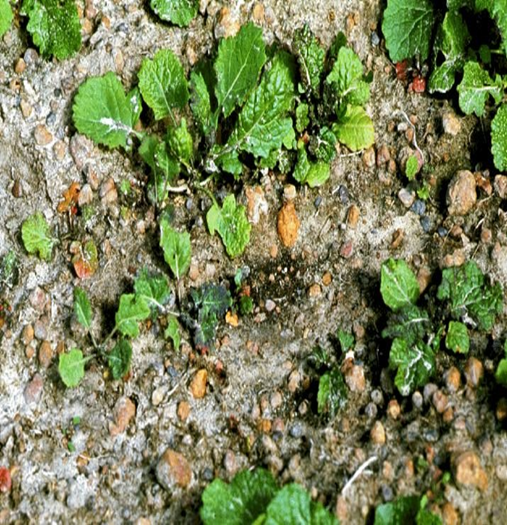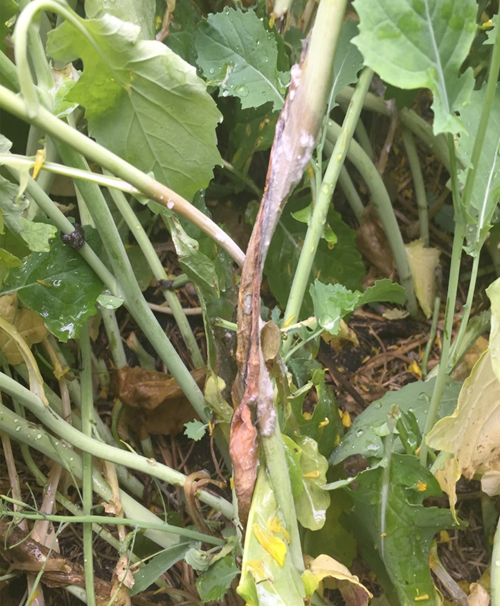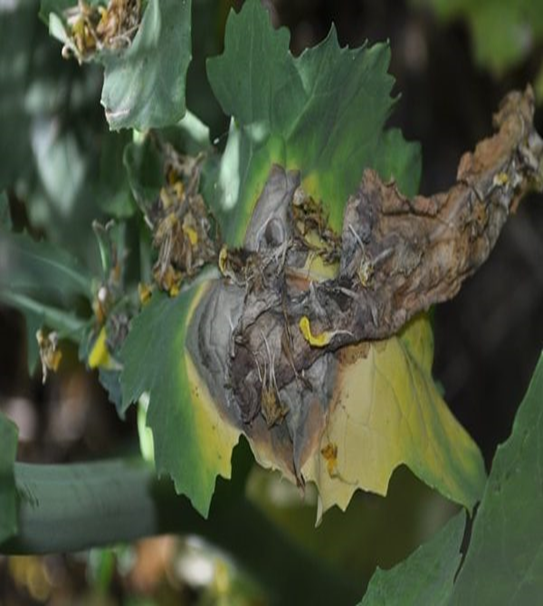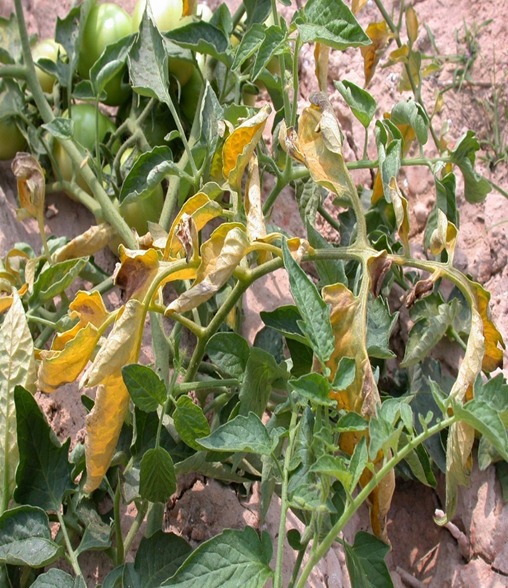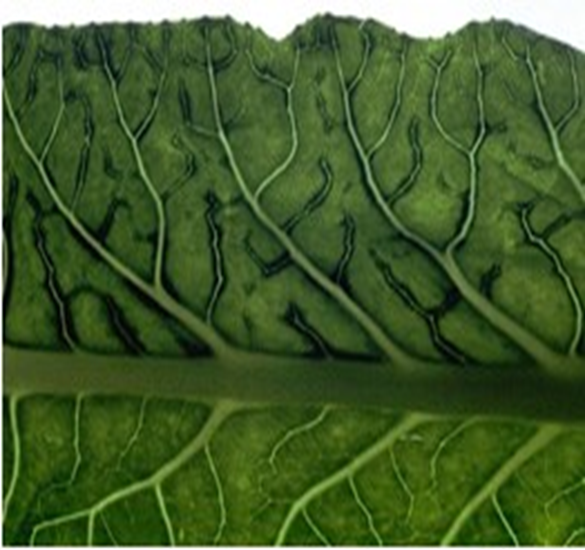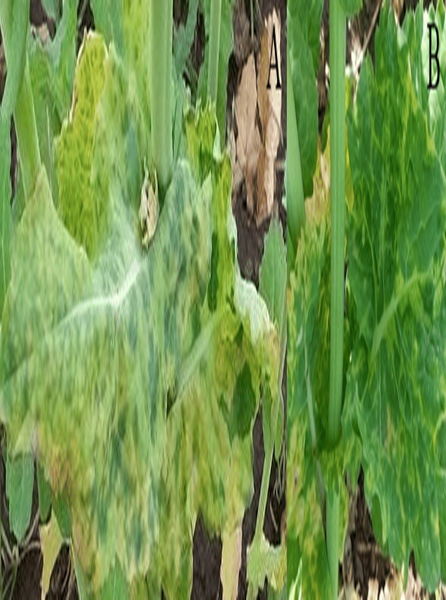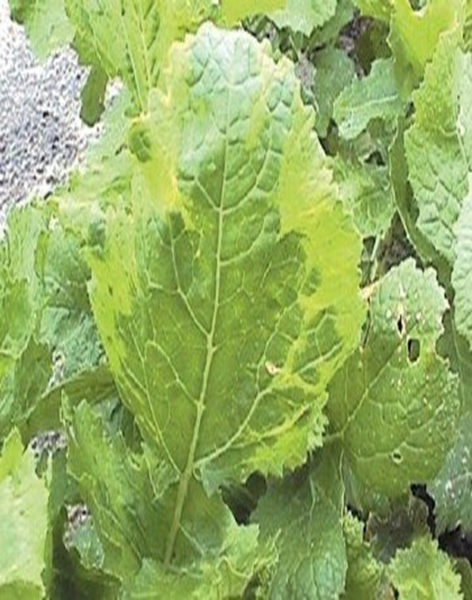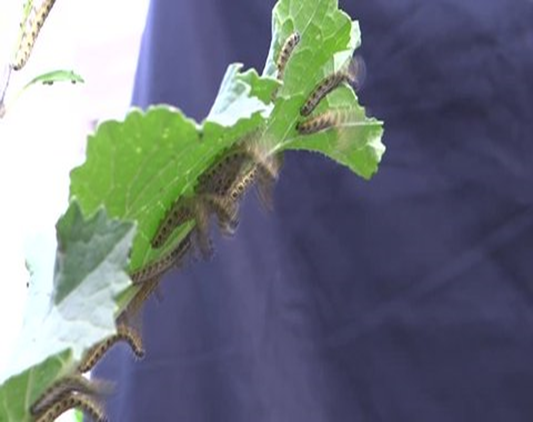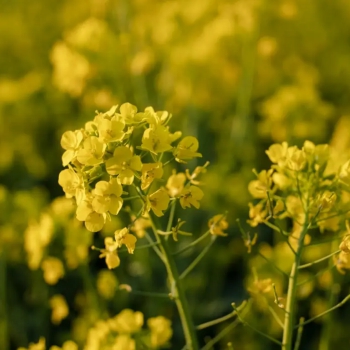
- Brassicaceae is a family of Brassica plants.
- Cruciferous vegetables such as cabbage, broccoli, cauliflower, and mustards belong to the Brassica (Brassicaceae) family.
- Oilseed brassica is grown throughout India, but it is most prevalent in four states (Rajasthan, Madhya Pradesh, Haryana and Uttar Pradesh).
- Mustard seeds are in two colors one is white and another one is brown mustard seeds are approximately spherical in shape, finely pitted, odorless while whole, and spicy in flavor.
- White mustard seeds are pale yellow in color and have a diameter of 2.5 mm (0.1 inches).
- Brown mustard seeds are about the same size as white mustard seeds, but they are a darker yellow color.
• Soils- Sandy to heavy clay soil is suitable for the mustard crop but alluvial loam is the best soil for mustard cultivation.
• pH- 4.3 to 8.3.
• Temperature- 15° C to 25°C.
• Rainfall- Annual rainfall of more than 600-1000 mm.
• Climate- Cold weather.
- Mustard is a crop that takes 110-120 days to mature. Mustard needs about 31-40 cm of water to grow.
- The initial watering should be given around 30 days after seeding, at the blossoming stage.
- The second irrigation should be given around 60-65 days after sowing, when the pods are starting to form.
- Mustard is irrigated as a maincrop when planted as part of a mixed crop.
- Pure mustard is cultivated as an unirrigated crop in several regions.
- At the blooming and grain development stages, the Mustard crop is extremely vulnerable to a lack of soil moisture.
- After 25 days of seeding, one irrigation is required.
- The crop should be irrigated if it rains a few days before or after the scheduled irrigation time.
- A good water drainage system is required in mustard crop fields.
- The mustard plant is extremely sensitive to waterlogging.
- If there is only one irrigation available, it should be applied 30 to 35 days after sowing.
- A good seedbed was essential for successful crop germination.
- Do two to three ploughings of the soil, followed by two harrowings.
- Planking should be done after each plowing.
- Prepared a solid, moist, and consistent seedbed to aid in uniform seed germination.
- The best time to plant Mustard is between September and October.
- For consistent spacing, mix the seeds with fine sand.
- Seeds should be sown at a maximum depth of 6 cm in the soil for improved germination.
DEFICIENCY OF NITROGEN
´Yellowing that starts at the tip and moves along the center of older leaves.
TREATMENT :
|
Use NITROKING 2-3 ml per litre of water |
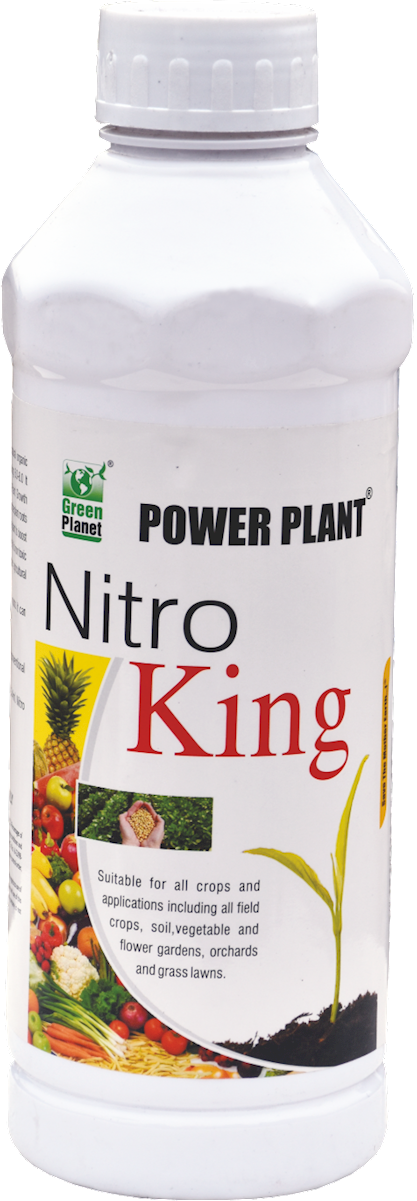 |
|
Use SPALL90 0.5 ml per litre of water |
 |
DEFICIENCY OF POTASSIUM
TREATMENT :
|
Use Manganese EDTA 0.5 gm per litre of water |
.png) |
|
Use Grow 2 ml per litre of water |
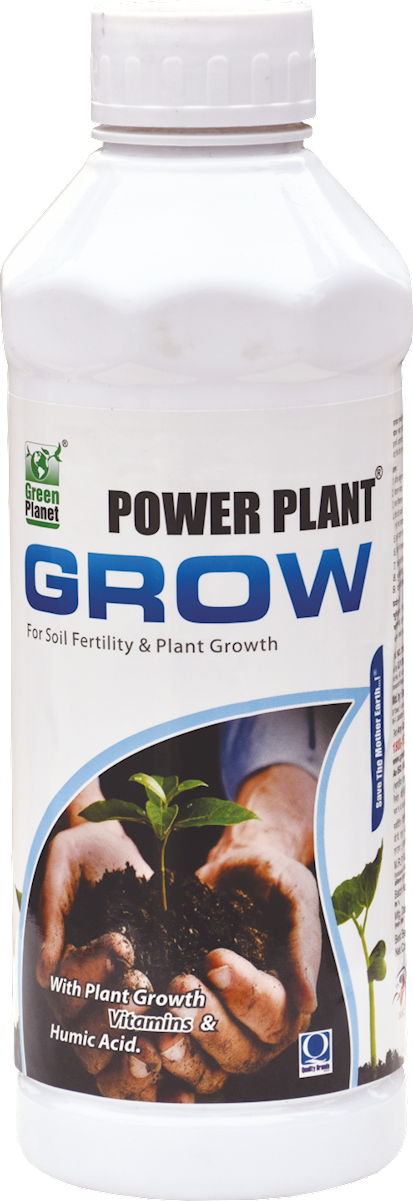 |
|
Use SPALL90 0.5 ml per litre of water |
 |
TREATMENT :
|
Use Ferric EDTA 0.5-01 gm per litre of water |
.png) |
|
Use NITROKING 2-3 ml per litre of water |
 |
|
Use SPALL90 0.5ml per litre of water |
 |
TREATMENT :
|
Use NITROKING 2-3 ml per litre of water |
 |
|
Use BLOOM 2 ml per litre of water |
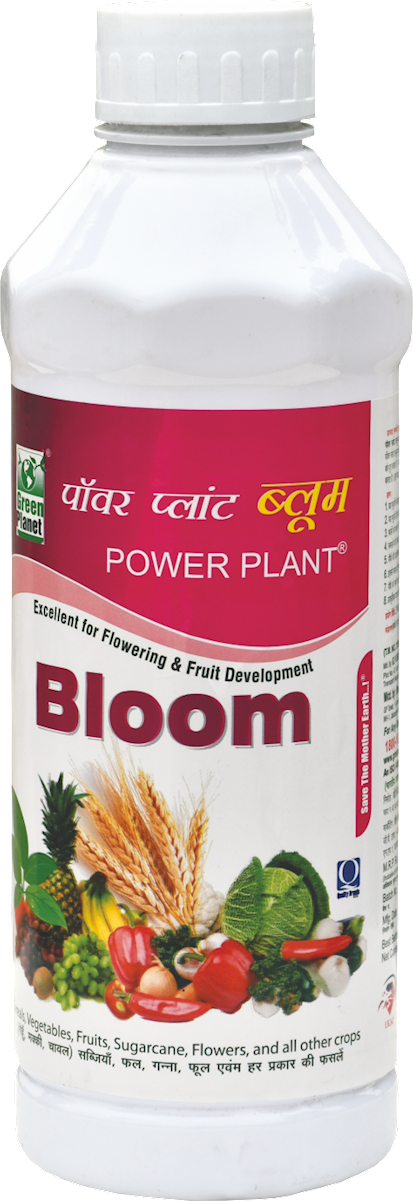 |
|
Use SPALL90 0.5 ml per litre of water |
 |
A. FUNGAL DISEASES:(i) CONTACT BASED
1. ALTERNARIA BLACK SPOT (Alternaria brassicae)
TREATMENT :
|
Use PPFC 2-3 gm per litre of water |
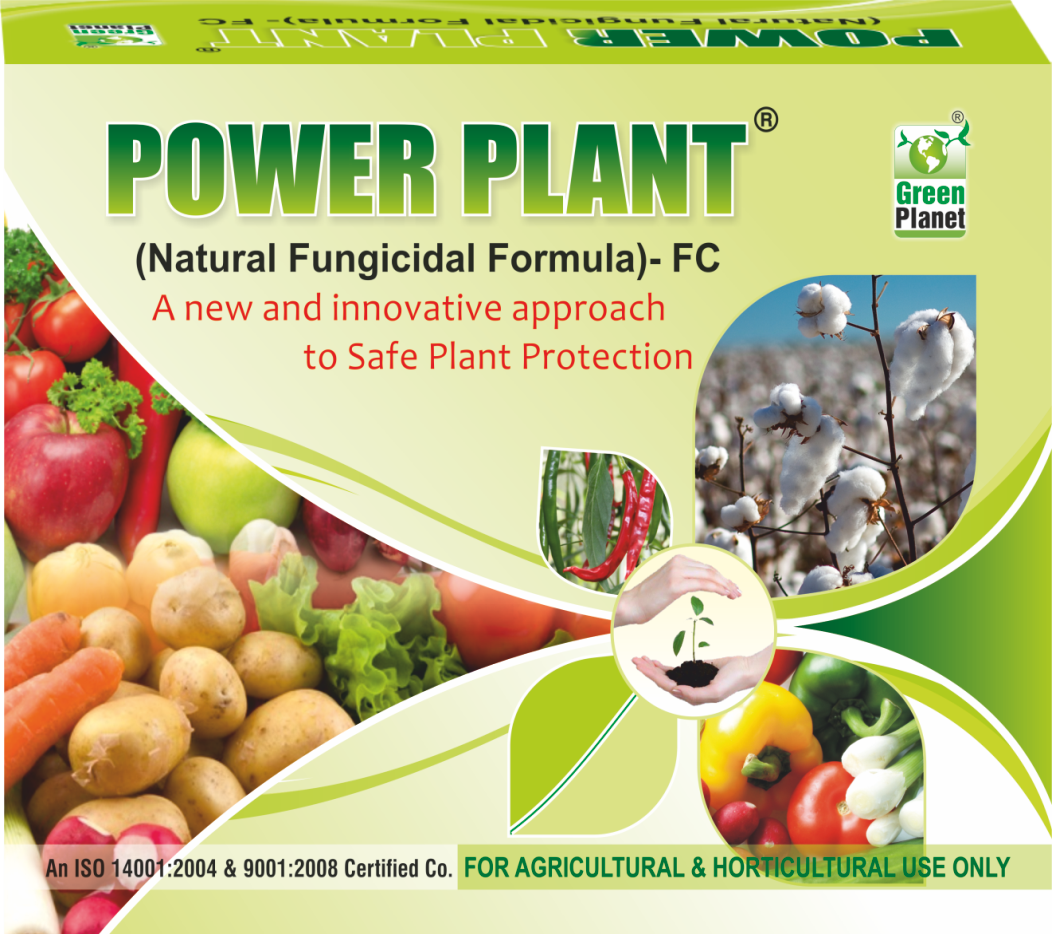 |
|
Use SpAll90 0.5 ml per litre of water |
 |
A. FUNGAL DISEASES:(i) CONTACT BASED
2. CERCOSPORA LEAF SPOT (Cercospora brassicicola)
TREATMENT :
|
Use PPFC 2-3 gm per litre of water |
 |
|
Use SpAll90 0.5 ml per litre of water |
 |
A. FUNGAL DISEASES:(i) CONTACT BASED
3.DOWNY MILDEW(Peronospora parasitica)
TREATMENT :
|
Use PPFC 2-3 gm per litre of water |
 |
|
Use SpAll90 0.5 ml per litre of water |
 |
A. FUNGAL DISEASES:(i) CONTACT BASED
4.WHITE RUST (Albugo candida)
TREATMENT :
|
Use PPFC 2-3 gm per litre of water |
 |
|
Use SpAll90 0.5 ml per litre of water |
 |
A. FUNGAL DISEASES:(ii) SYSTEMIC BASED
1. DAMPING OFF (Rhizoctonia solani)
TREATMENT :
|
Use Fungohit 2-3ml per litre of water |
 |
|
Use SpAll90 0.5 ml per litre of water |
 |
A. FUNGAL DISEASES:(ii) SYSTEMIC BASED
2. SCLEROTINIA WHITE MOULD
TREATMENT :
|
Use Fungohit 2-3ml per litre of water |
 |
|
Use SpAll90 0.5 ml per litre of water |
 |
A. FUNGAL DISEASES:(ii) SYSTEMIC BASED
3.FUSARIUM WILT (Fusarium oxysporum)
TREATMENT :
|
Use Fungohit 2-3ml per litre of water |
 |
|
Use SpAll90 0.5 ml per litre of water |
 |
A. FUNGAL DISEASES:(ii) SYSTEMIC BASED
4. VERTICILLIUM WILT (Verticillium dahlia)
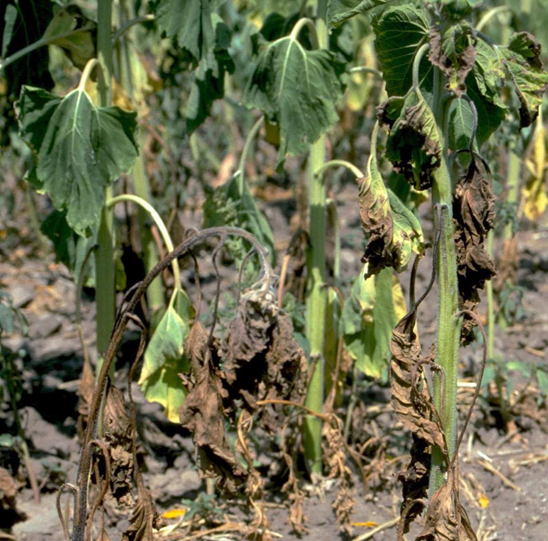
TREATMENT :
|
Use Fungohit 2-3ml per litre of water |
 |
|
Use SpAll90 0.5 ml per litre of water |
 |
B. VIRAL DISEASES
1. CAULIFLOWER MOSAIC VIRUS
TREATMENT :
|
Use Virohit 2-3 ml per litre of water |
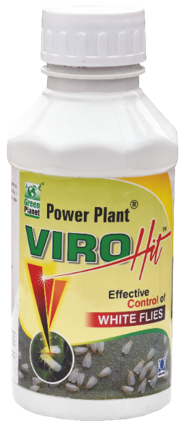 |
|
Use virosol 2-3 ml per litre of water |
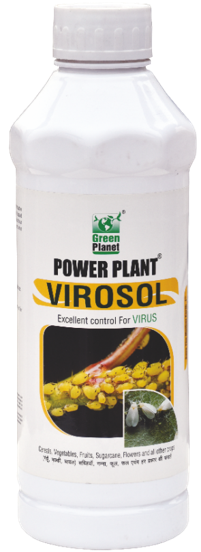 |
|
Use PPNP 1 ml per litre of water |
 |
|
Use SpAll90 0.5 ml per litre of water |
 |
B. VIRAL DISEASES
2. TURNIP MOSAIC VIRUS
TREATMENT :
|
Use Virohit 2-3 ml per litre of water |
 |
|
Use virosol 2-3 ml per litre of water |
 |
|
Use PPNP 1 ml per litre of water |
 |
|
Use SpAll90 0.5 ml per litre of water |
 |
C. PESTS: (i)CHEWING PESTS
1.HAIRY CATERPILLARS (Spilosoma oblique)
TREATMENT :
|
Use Pestohit 2-3 ml per litre of water |
 |
|
Use PPNP 1 ml per litre of water |
 |
|
Use SpAll90 0.5 ml per litre of water |
 |
C. PESTS:(i)CHEWING PESTS
2. MUSTARD SAW FLY (Athalia lugens)
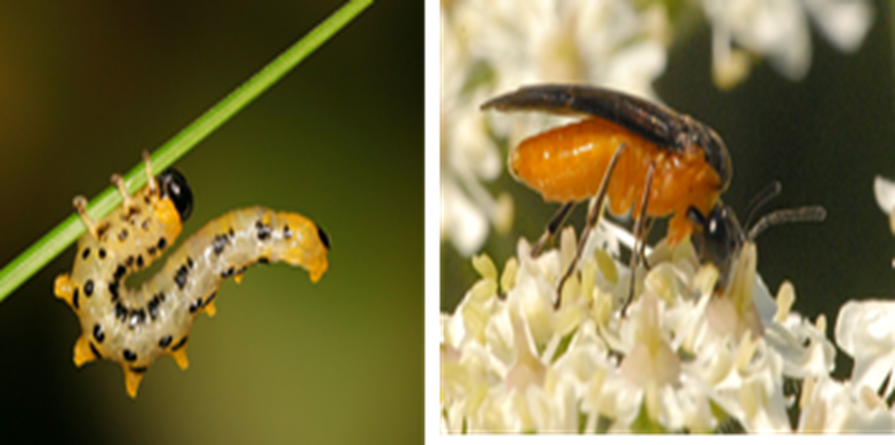
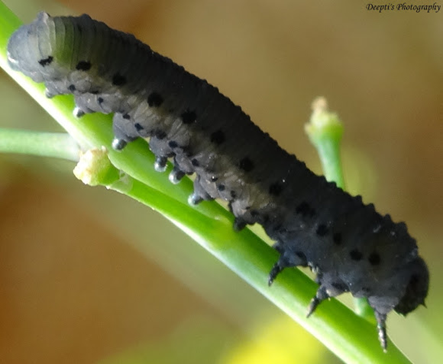
TREATMENT :
|
Use Pestohit 2-3 ml per litre of water |
 |
|
Use PPNP 1 ml per litre of water |
 |
|
Use SpAll90 0.5 ml per litre of water |
 |
C. PESTS:(i)CHEWING PESTS
3. DIAMOND BACK MOTH (Plutella xylostella)
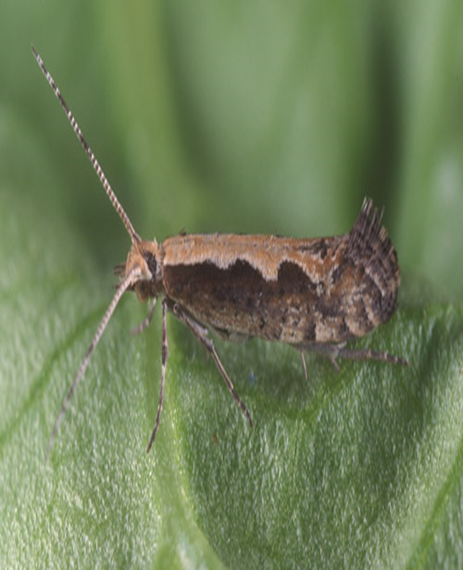

TREATMENT :
|
Use Pestohit 2-3 ml per litre of water |
 |
|
Use PPNP 1 ml per litre of water |
 |
|
Use SpAll90 0.5 ml per litre of water |
 |
C. PESTS:(ii) SUCKING PESTS
1. MUSTARD APHID(Lipaphis erysimi)
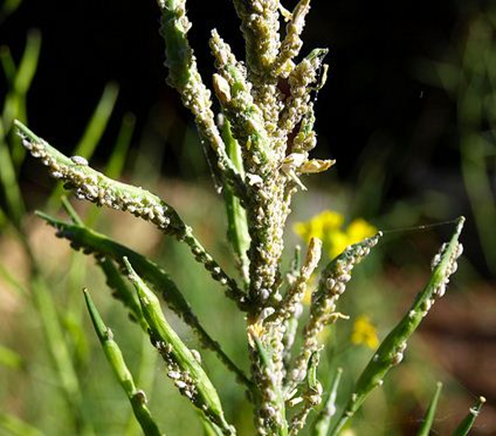

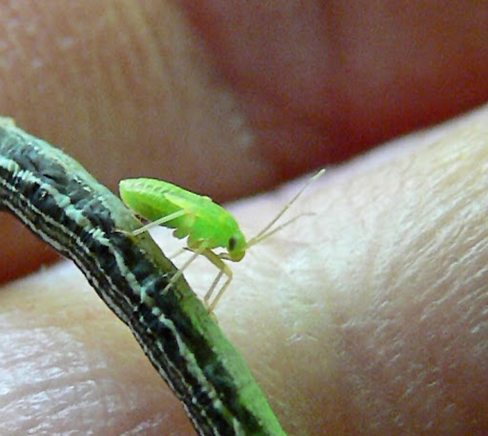
TREATMENT :
|
Use Orgomite 2-3 ml per litre of water |
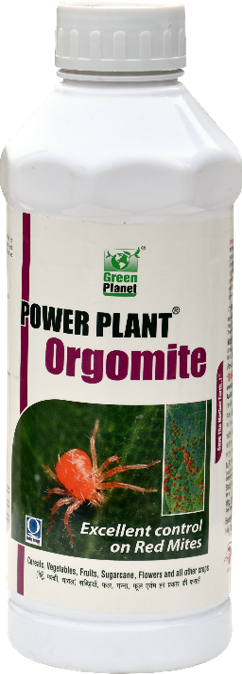 |
|
Use PPNP 1 ml per litre of water |
 |
|
Use SpAll90 0.5 ml per litre of water |
 |
C. PESTS :(ii) SUCKING PESTS
2.PAINTED BUG(Bagrada bug)
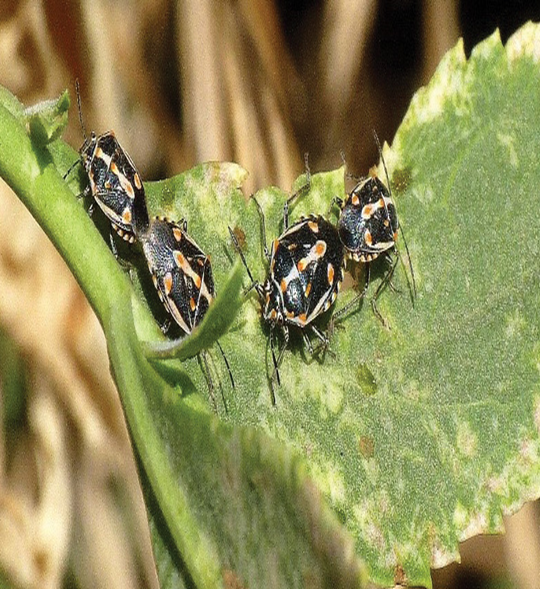
TREATMENT :
|
Use Orgomite 2-3 ml per litre of water |
 |
|
Use PPNP 1 ml per litre of water |
 |
|
Use SpAll90 0.5 ml per litre of water |
 |


